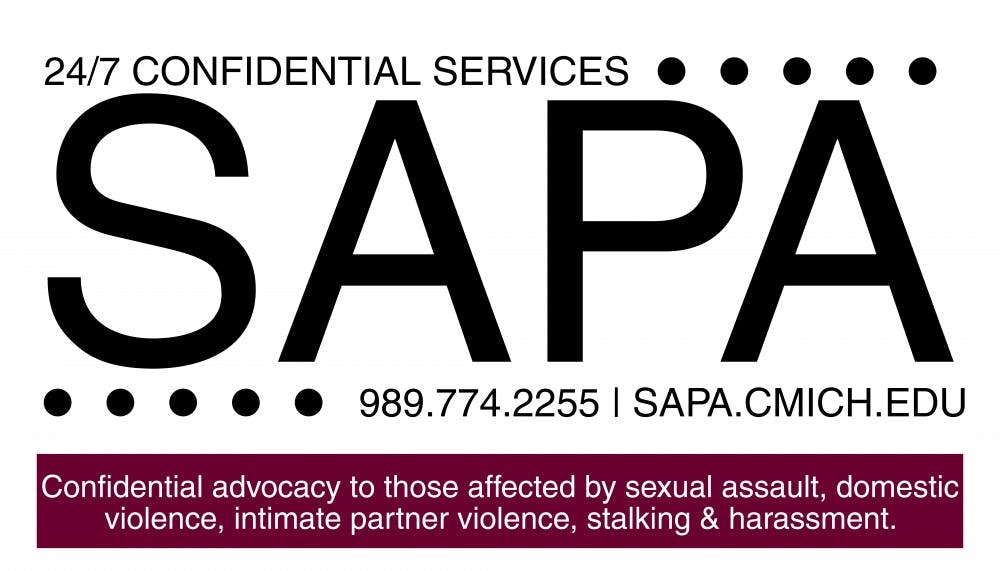EDITORIAL: Combating Campus Sexual Assault
It’s a fact: For the first six to 10 weeks of the fall semester, freshmen are more likely to experience a sexual assault on campus, according to the Rape, Abuse & Incest National Network, an anti-sexual assault advocacy group.
It is a concept that RAINN and other activists call the “red zone.”
According to multiple studies on campus rape, about 50 percent of all college sexual assaults occur between the start of the semester and Thanksgiving Break.
The number is alarming. At least 11 percent of all students – female and male – experience rape or sexual assault through “physical force, violence or incapacitation,” according to RAINN.
At least 23 percent of female and 5.4 percent of male undergraduate students will experience sexual assault while attending a public or private university. At least 8.8 percent of female and 2.2 percent of male graduate students also experience sexual violence.
This is not fiction. It is not an exaggeration. It is not an oversimplification of sexual assault at universities around the nation. It is an example of pervasive rape culture that exists on America’s college campuses. It has to end.
A string of recent – and heart-wrenching – sexual assault cases that played out in the courts earlier this year are examples of college rape culture’s existence.
Rape culture, by definition, is the institutional belief that survivors of sexual assault are to blame for their plight. It’s the idea that in some way, they could have prevented their assault.
It allows some universities to remain silent when sexual assaults occur, protecting rapists and shunning survivors in the process. It allows someone like Brock Turner – an ex-Stanford University swimming star who violently assaulted an unconscious woman behind a Dumpster – to serve little jail time and leave after three months practically unscathed.
Rape culture granted Turner a reduced sentence. It provided a judge the opportunity to protect Turner’s future instead of offering justice to the woman Turner raped.
The red zone concept is not a means to immediately prevent campus rape. It helps outline the simple and horrifying truth about college sexual assault: it is not a matter of if; it is a matter of when.
Rape culture is deplorable. We believe with more education and awareness, we can begin to destroy a system that makes survivors ashamed and scared of bringing up charges against their attackers.
We understand that we cannot solve the issue of campus rape overnight, in a semester or even a year.
In the meantime, we want to make sure students are aware of every available resource to protect themselves and to seek help if they do experience sexual assault. A list of resources accompanies this editorial, including Sexual Assault Peer Advocates, a student-to-student organization providing counseling, legal advocacy and support for survivors.
Be aware that some of these resources are not mute confidants. Many campus officials, especially Residence Life staff, must by law report suspected instances of sexual assaults.
We stand with survivors. We encourage you to speak out against your attackers. Identifying and punishing campus rapists is a small but brave step toward removing them from campus. We support survivors’ rights to choose how and when they want to speak, if at all.
Sexual assault is something no one should ever experience. It’s something that can take survivors years to recover from. That’s why we call them survivors. They are not broken. They are strong. They are resilient.
Until we can wipe out systemic rape culture, we have an obligation to raise awareness and outline ways to solve the problem. We must continue to help change the hearts, and eventually the minds of those who do not believe rape culture exists.
Attending college is an experience emphasizing personal growth and enrichment.
We endeavor each day to do our part to build a better campus community. That includes protecting and supporting our students who are survivors of sexual assault.







